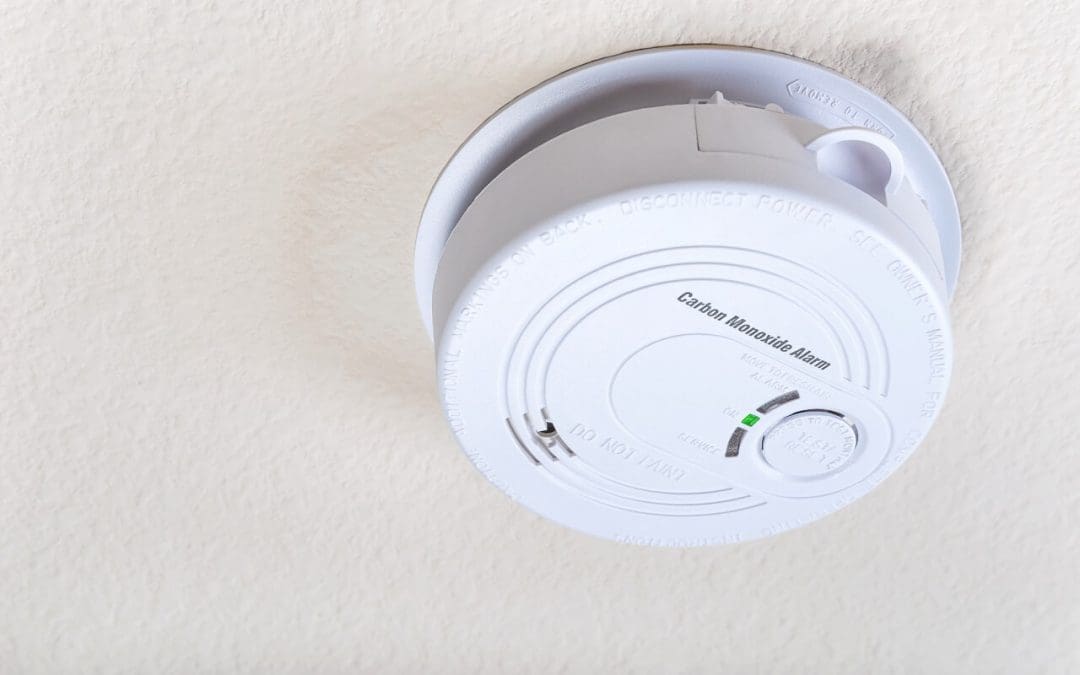Carbon monoxide (CO) is a colorless, odorless, and tasteless gas that can be extremely dangerous and potentially lethal. It is often referred to as a “silent killer” because it is virtually undetectable without the use of detection technology. Understanding where carbon monoxide in the home comes from, why it is so dangerous, and how to protect your family are critical steps in maintaining a safe home environment.
Origins of Carbon Monoxide in the Home
Carbon monoxide is produced when fuel such as gas, oil, kerosene, wood, or charcoal is burned. The most common sources of CO in homes include faulty, improperly used, or unvented fuel-burning appliances such as furnaces, stoves, water heaters, and fireplaces. Inadequate ventilation in areas where combustion occurs, like kitchens and heating areas, significantly increases the risk of carbon monoxide buildup.
Why Carbon Monoxide is Dangerous
Exposure to carbon monoxide can be deadly. This gas interferes with the normal transport and release of oxygen in the blood. CO binds to the hemoglobin in red blood cells, forming carboxyhemoglobin, which inhibits the blood’s ability to carry oxygen to body tissues and vital organs like the heart and brain. At high levels, CO exposure can be fatal within minutes, with victims often unaware they are being poisoned.
Early symptoms of CO poisoning are often mistaken for other illnesses and include headache, dizziness, weakness, nausea, vomiting, chest pain, and confusion. High levels can cause loss of consciousness and death. Because symptoms are nonspecific, identifying the cause quickly can be difficult without a CO detector.
How to Protect Your Family from Carbon Monoxide
Early detection and prevention are the key to protecting your family from carbon monoxide. Here are several measures every household should take:
- Install CO Detectors: Place carbon monoxide detectors on every level of your home and near sleeping areas. These devices can provide an early warning before dangerous levels of CO accumulate.
- Ensure Proper Ventilation: Use appliances that require ventilation in accordance with the manufacturer’s instructions. Never use a gas stove or oven to heat the home, and make sure all fuel-burning appliances are vented to the outside to avoid CO buildup.
- Regular Maintenance: Have a qualified technician inspect and service your household’s heating system, water heater, and any other appliances that use gas, oil, or coal at least once a year. Chimneys should be checked and cleaned annually.
- Educate Your Family: Educate all household members about the sources and risks of CO, and make sure they know what to do if the CO alarm sounds.
Carbon monoxide poisoning is entirely preventable with the right knowledge and precautions. Ensuring the proper installation, operation, and maintenance of fuel-burning appliances in your home are critical steps toward keeping your living environment safe from this invisible threat.
FAQs
What should I do if my carbon monoxide detector goes off?
If your CO detector alarms, immediately evacuate the home and call emergency services. Do not re-enter the house until it has been cleared by professionals.
Are there signs that my appliances could be sources of carbon monoxide?
Signs can include soot or yellow/brown staining around or on appliances, pilot lights that frequently blow out, increased condensation inside windows, or a stale or stuffy atmosphere. Any of these could indicate inadequate combustion and potential CO production.
Can I use a portable generator inside my home during a power outage?
No, never use portable generators inside your home or garage. They are significant sources of carbon monoxide. Always use them outside, far away from windows, doors, and vents.
How often should I replace my CO detectors?
Check the manufacturer’s instructions on your carbon monoxide detectors; however, they are generally recommended to be replaced every 5 to 7 years.
Reveal360 offers inspection services to homebuyers and sellers in Northern Colorado. Contact us to request an appointment.

